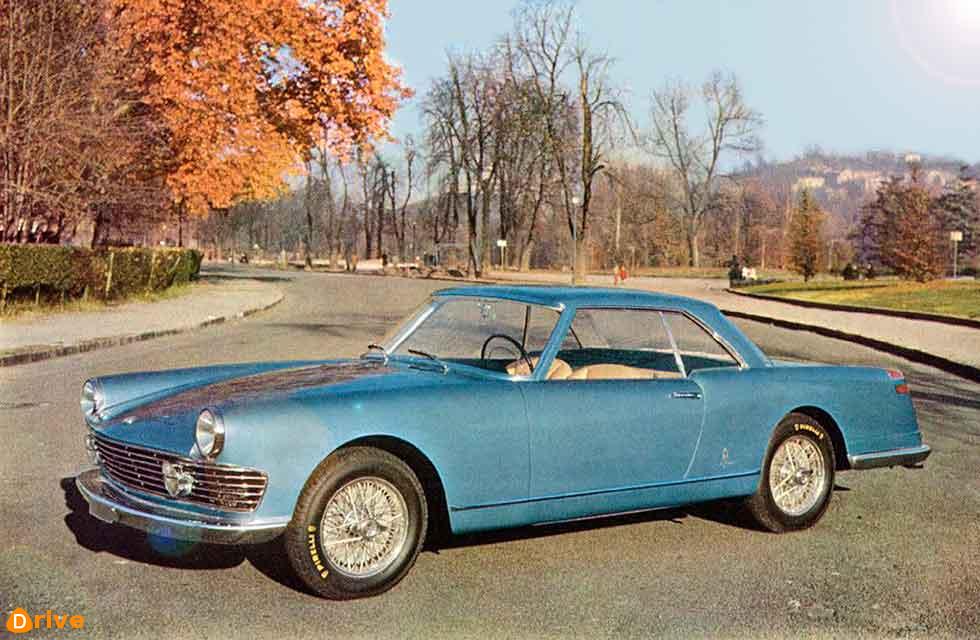Pinin Farina’s sleek 1957 Coupe was the first coachbuilt car to be based on the then-new Alfa Romeo 2000. Story by Chris Rees.
OBSCURATI CURIOSITIES FROM THE AMAZING WORLD OF ITALIAN CARS
The first ever coupe based on Alfa’s 2000
When Alfa Romeo launched the Tipo 102 2000 Berlina at the 1957 Turin Motor Show, it had already supplied a platform of the new car to one of its most favoured coachbuilders: Pinin Farina. Such preferential treatment resulted in not only the first ever coachbuilt Alfa 2000, but also the first coupe designed on Alfa’s 2000 platform. Indeed, Farina’s two-door car was first shown some three years before Alfa’s own 2000- based coupe, the Giugiaro-penned 2000 Sprint of 1960. Farina’s new car – which was named Sestriere, after the Italian ski resort near Mont Blanc – made its debut at the same 1957 Turin Motor Show as Alfa’s 2000 Berlina.

Being based on the same 2720mm wheelbase as the 2000 Berlina, rather than the shorter 2500mm wheelbase chosen by Alfa for its 2000 Spider, this was a large car by coupe standards. And since it shared the Alfa 2000’s four-cylinder 1975cc engine, with a mere 105hp, it can’t have been terribly fast.
The Sestriere’s low-slung, wide, long shape looked very sleek. There was perhaps a hint of Facel Vega about it, but it certainly plundered American design themes, particularly in terms of the front grille; this was a very rare example of an Alfa Romeo with no hint of a scudetto (Alfa’s traditional shield-shaped grille). The faired in headlamps with transparent Plexiglas covers were also very much in vogue at the time. There was a noticeable kink aft of the doors, raising the rear wing line so that the tops of the wings stood proud of the boot.
At the tail end were stacked twin taillights, while the angular rear end sloped gently down to the bumper. Other notable features included frameless side windows and wire wheels shod with 160×400 tyres.
However, easily the most striking thing was the sliding door on the driver’s side, opened by a handle that sat, curiously, in the middle of the door. The door could be slid open either manually or electronically, pulling outwards and then back along concealed guides.
As presented at the 1957 Turin Show it was painted pale yellow with a light green leather interior. Then at the 1958 Geneva Motor Show, a second version was displayed, now painted metallic blue with a tan leather interior. Quite possibly this was the 1957 prototype redone. Its other main difference was that the sliding door had vanished: the revised Sestriere now had hinged doors on both sides, with the handles in the conventional positions. Also new was a restyled front end featuring a stubbier nose, new headlights without Plexiglas covers and a reshaped grille. While the 1958 Geneva car retained foglights, these were now repositioned. Then at the car’s third and final show appearance – the 1958 Turin Show – the foglights in the grille had vanished.
Having made appearances at several 1958 shows (Geneva, Turin and a concours in Rome), the Sestriere was retired from public life. What happened to it after then is a mystery; it’s one of those sadly now lost Pinin Farina prototypes – unless any readers know otherwise?





